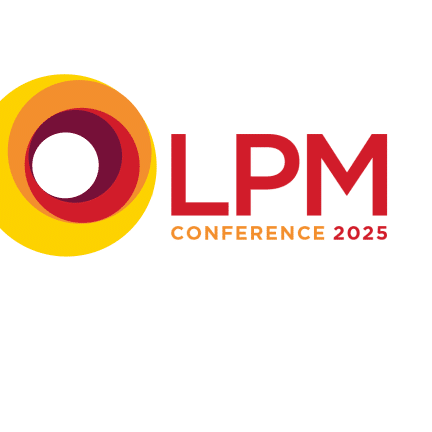
Cultivating a creative thinking culture
John Wallace, managing director at Ridgemont discusses the need for greater creativity in legal services – critiquing the rigid and unidimensional approach the sector has traditionally followed.
My six-year-old son, who is not a lawyer, told me recently, as his head hit the pillow, “daddy, always think outside the box, because outside the box is bigger than inside the box”. In one instant, he acknowledged that there is a perception (in our house at least), that lawyers and the nature of their jobs presupposes against creativity. And like all six-year-olds who talk about the need for creativity in the modern legal profession – he was half-right.
Solicitors have a reputation for being reliable, considered and frankly, unfairly, boring. One of my peer’s attempts at app-based dating led to a response from a potential suitor – “no thanks, not another boring solicitor”. Barristers aren’t safe either – they similarly have a reputation for being overly analytical and pedantic.
Those attracted to a career in law are, generally, left-brain thinkers – preferring logic to creativity. Supplementing that natural instinct, the legal profession pushes lawyers down a narrow path from law school to retirement, where the emphasis is on developing a homogenous way of thinking that is methodical, linear and safe. Because most law-firm leaders are lawyers themselves, a lack of creativity in law is endemic.
Law firms are reluctant to champion creativity because it creates risk. Law firms are set up to prolong the status quo in order to maintain profit per equity partner. Empowering lawyers with a licence to be creative is perceived as a risk to the norm and is therefore unacceptable.
The majority of law firms are deliberately set up and operated in a way that inhibits creativity. Lawyers are hamstrung by reluctant partnerships and excessive systems & processes stifling the realisation of creative ideas. And before you say – “that’s just an unintended consequence of growth”– it must be deliberate, otherwise such firms would do something about it. And they don’t, they sustain a firm architecture that ensures creativity is contained.
Law firms are obsessed with the notion that their marketing must not be seen as alternative, daring or fun. Events are boring, webinars are grey and dull. Their websites and capability statements are generally self-congratulatory and self-focused, with no consideration given to what could be done to provide the reader with content that answers their questions (god forbid).
Partnerships rejoiced during covid when they adopted flexible working and bought their staff laptops, as if it were an epiphany. Firms using artificial intelligence in edisclosures, for instance, make it sound like their lawyers are Tom Cruise in Minority Report. The reality is that many law firms were embarrassed by the restrictions imposed by covid and the sector’s restrictive application of AI is again illustrative of a profession that fears change, even if it is inevitable.
Boats against the current – there are some lawyers that choose the red pill. One can see their creativity in their advice, in the way they market and sell and in a client journey that focuses on delighting the client. Lawyers need not be rigid – in a recent multi-million pound action, an experienced, large contractor was able to succeed in arguing that a developer was stopped from relying upon prohibitive conditions precedent, which the contractor had assumed were binding.
Although lawyers are confined by the conservative nature of their role, there is still room for creativity in providing advice, and outside of that aspect of their role – there is tremendous opportunity to think outside the box. Ridgemont’s approach is genuinely different to traditional law firms. Everyone is encouraged to allocate diary time during the working day for reading business books and attending courses. The reader then produces a highly leveraged summary document, which is cascaded throughout the team so that everyone can benefit from the key takeaways and implement changes accordingly.
Our regular ‘what else’ meetings are an opportunity for the team to challenge ourselves on how we can improve the client journey. We frequently ask ourselves – “what would a law firm not do?” and then we do it. We focus heavily on critical non-essentials.



